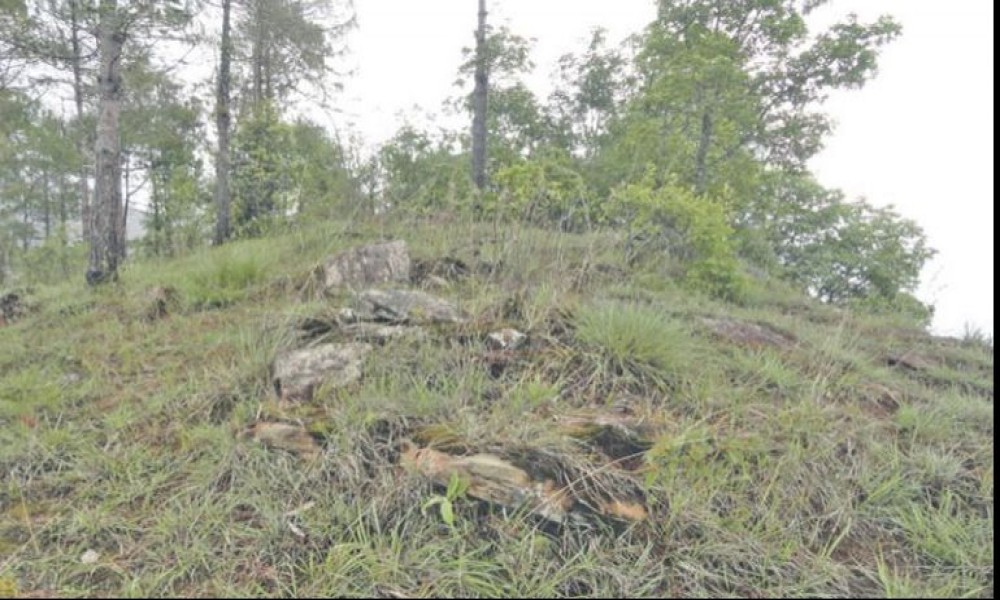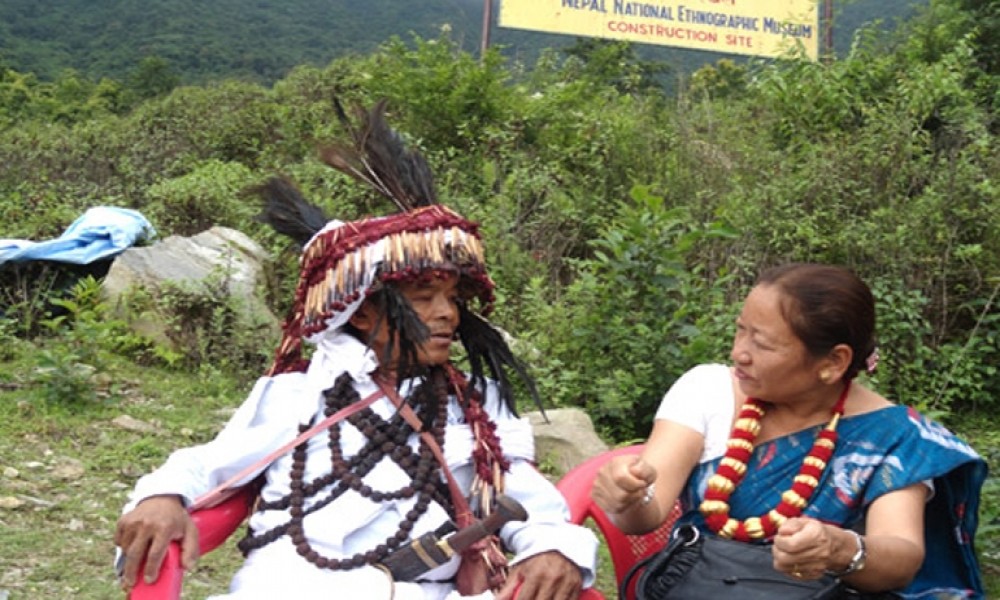When the government announced a nationwide lockdown to contain the spread of COVID-19 in late March, many local residents of Kathmandu did not understand what it was for. Nor did they know how they were expected to respond.
For several days, especially in the city's old neighborhoods of indigenous Newar communities, illiterate and elderly people continued to step out of their houses. They were seen guffawing in groups or strolling around in the narrow alleys and inner courtyards.
Police would ask them to stay indoors, speaking through loud speakers in Nepali language. But many illiterate and elderly people, who are believed to be more vulnerable to the disease due to low immunity level, would not understand what police were saying. Some did understand, but they cared little about it.
Local Newar people are now happy because they are getting information about the lockdown in their own language.
To effectively communicate with Kathmandu's local Newar people, the city's mayor Bidya Sundar Shakya released a video in which he addressed the valley folks in Newari language. Ward committees of Kathmandu also mobilized volunteers to spread information about the lockdown in Newari language.
As a result, the lockdown has now been more effective. Elderly people are not wandering around.
Dipak Tuladhar, a linguistic rights activist, says: "Local Newar people are now happy because they are getting information about the lockdown in their own language."
The executive board of Kathmandu Metropolitan City has decided to use the local Newari language to disseminate important information and public notices about the lockdown and the Covid-19 in local Newari language. Suresh Kiran Manandhar, editor of the Newari language daily newspaper Nepal Bhasa, says: "When Newar people hear information in Newari language, they consider it as a direct message to them."
During a humanitarian crisis, radio can be an effective tool of communication. And if radio uses local languages, it can reach more people.
Manandhar adds: "Covid-19 is a new disease, and a sizeable section of Kathmandu's local Newari population do not understand the Nepali translation of several terminologies related to this contagious virus. But when they were told by their mayor that COVID-19 is Lwoy Punigu, they knew that it is contagious."
In his Newari language video, Mayor Shakya has not only informed local Newar people about the disease but also about the emergency hotline number 1180, availability of ambulances, and why well-to-do families should not expect relief supplies meant for poor, destitute and daily wage earners.
How Kathmandu is using local language to communicate more effectively with local people has set an example for other municipalities and rural municipalities of Nepal -- a country which has 125 castes/ethnicities and 123 languages. During a humanitarian crisis, radio can be an effective tool of communication. And if radio uses local languages, it can reach more people.
Luckily, the state broadcaster Radio Nepal has been airing news in as many as 21 languages. In addition, Nepal has a total of 657 FM radio stations. Of them, 345 are community radio stations. Dipak Acharya of Association of Community Radio Broadcasters (ACORAB) says local radio stations are broadcasting news in 43 languages and programmes in 35 languages. Similarly, Jagat Lama Dong of Indigeous Community Radio Network says 21 indigenous community radio stations produced 16 public service annoucements about coronavirus disease into different indigenous languages, which have been widely distributed and broadcast through 24 different indigenous community radio stations.
The news was first published at Kantipur daily.









